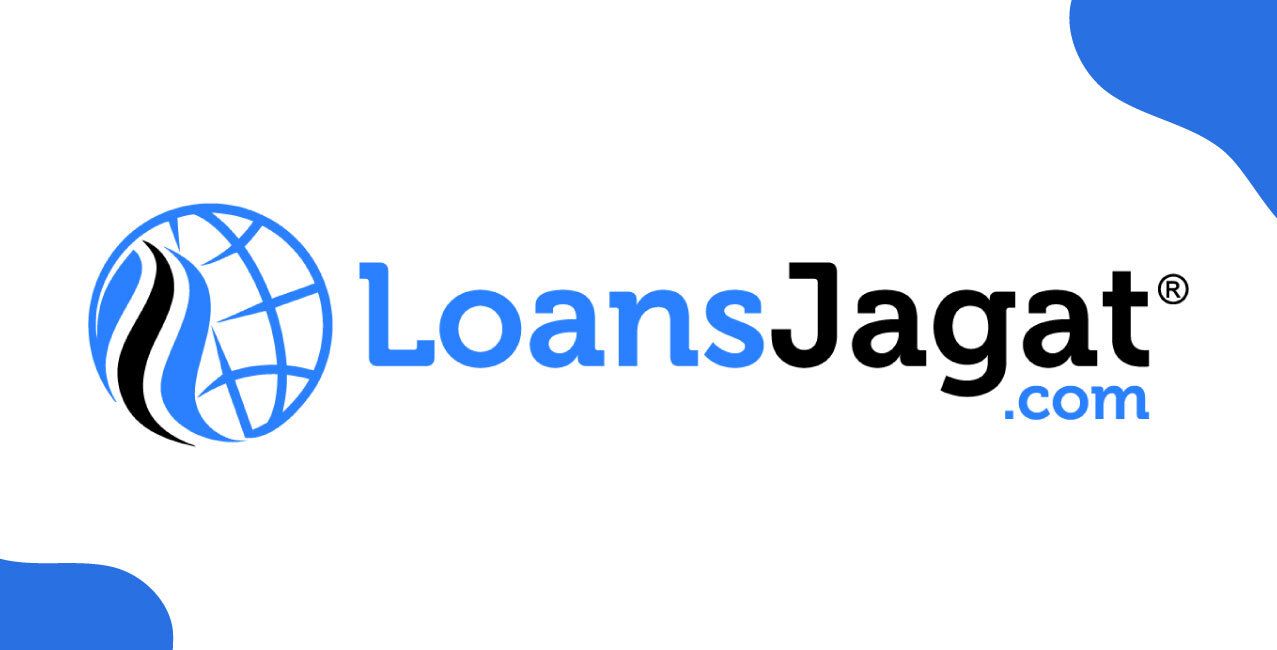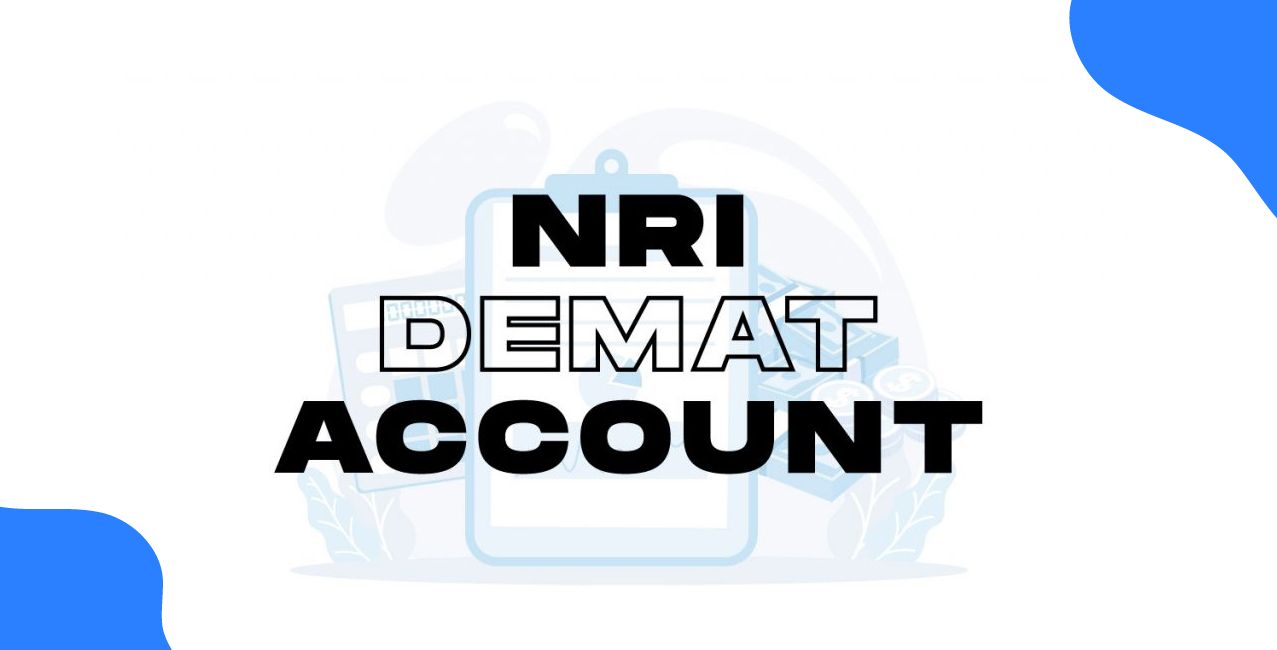
Author
LoansJagat Team
Read Time
10 Min
01 May 2025
Overdraft Loan & Credit Score – Can It Help You Improve?
I was at the petrol pump, and my card was declined. The same thing happened at the pharmacy, and that is when I realised that
my bank balance was ₹300 short. Most of us have been in similar situations. That is when most of us, including myself, use an overdraft.
It quietly covers small payments, and you can repay it when your salary is deposited into the account.
However, do you know that this simple facility can also help build your credit score? Shocking, right? You may wonder why it's so important to monitor your credit score. Well, in 2025, your credit score will affect nearly everything. A score above 750 can get you a personal loan at 10% interest.
However, if your score is below 650, you may have to pay 18–24% or face rejection. Even job applications in finance and real estate now ask for your CIBIL history.
Now, let’s look at how overdrafts can help you improve your credit score through this article. Shall we begin?
How Does an Overdraft Loan Affect Your Credit Score?
At first glance, an overdraft loan doesn’t seem like a “real” loan. It doesn’t come with EMIs, it doesn’t involve lengthy paperwork, and the borrowed amount is usually much smaller than a personal or home loan. But make no mistake—banks and credit bureaus treat it seriously.
When you use an overdraft facility, the bank technically lends you money beyond your account balance. Even if you use just ₹10,000 from a ₹1 lakh overdraft limit, it still counts as credit usage. This usage is reported to credit bureaus, such as CIBIL or Experian, every month.
If you repay the amount on time, especially within the bank’s due date (usually 30–90 days), it shows that you are managing your credit well. This timely repayment helps build a good repayment track record, which in turn boosts your score over time.
However, if you delay repayment or continuously revolve the credit without clearing the balance, it reflects poorly.
Read More – Overdraft Mismanagement – The Silent Killer Of Profitable Businesses
Unpaid overdraft dues are considered unsecured debt, just like unpaid credit card bills. Even though there’s no fixed EMI, missing the due date may lower your score, especially now, with the RBI's 2025 guidelines mandating more frequent reporting of defaults.
For Example, Akash is a 24-year-old fresh graduate in Pune. He doesn’t have a credit card or loan yet, which means his CIBIL score is either very low or not yet generated. His bank offers him a ₹50,000 overdraft linked to his salary account at an annual interest rate of 13%.
In the third week of April, he uses ₹15,000 from the overdraft to pay for a laptop he needs for work. He repays the amount in full after 20 days, when his salary is credited to his account.
Here’s how this one transaction impacts his credit profile
- The bank reports a credit usage of ₹15,000.
- The full repayment within 20 days is seen as responsible credit behaviour.
- Akash now has a “repayment history” on record, which adds points to his score.
This might seem like a small event, but responsible use will help him achieve a CIBIL score of 700+ without ever using a credit card. Let’s look at the table given below and answer the question, ‘how?’
Month | Overdraft Limit | Amount Used | Days Used | Interest Charged | Repayment Done | Credit Score Impact |
April 2025 | ₹50,000 | ₹15,000 | 20 days | ₹107 | Full on Day 20 | Positive (new history added) |
May 2025 | ₹50,000 | ₹10,000 | 10 days | ₹35 | Full on Day 10 | Positive (score improves) |
June 2025 | ₹50,000 | ₹0 | — | ₹0 | — | Neutral (no usage reported) |
Can an Overdraft Loan Help You Build Your Credit Score?
Many of us have been there, staring at the last few hundred rupees in our bank account just days before the next pay cheque arrives. In such cases, an overdraft loan can feel like a lifeline. But what if that same lifeline could also become a stepping stone to better credit health?
As of 2025, more than 34% of Indian salaried workers have access to overdraft-linked salary accounts; yet, few understand how strategically managing this facility can positively impact their credit score. The answer lies in how smartly you borrow and repay, not just in doing it.
Let’s know how this underrated credit option, when used responsibly, can improve your creditworthiness over time.
Step 1: Start Small with a Low Credit Limit
When beginning your journey to improve credit health using an overdraft, it’s smart to start small. A lower limit helps you stay within your means, making repayments more manageable and keeping interest costs low.
For Example, Neha, a 25-year-old customer support executive, activated a ₹20,000 overdraft linked to her savings account. When her phone screen cracked unexpectedly, she used ₹4,000 from her OD limit to cover the repair. She repaid the amount within 10 days of receiving her salary.
Parameter | Details |
Overdraft Limit | ₹20,000 |
Amount Used | ₹4,000 |
Interest Rate | 14% per annum |
Tenure | 10 days |
Interest Cost | ₹15.34 |
Repayment Status | Full within 10 days |
Credit Score Impact | +12 points |
Why It Helped:
Neha’s responsible use and quick repayment showed her lender and the credit bureau that she could manage short-term credit responsibly. The low amount reduced her interest cost, while the timely closure improved her score.
Step 2: Borrow Only When Needed
Lenders take note of how much of your available credit you use. Using 20–30% of your limit shows financial discipline, while maxing it out can signal dependency.
For Example, Karthik, a freelance photographer, had a ₹1 lakh overdraft. He had a sudden opportunity to cover a wedding shoot out of town. He used ₹30,000 for flight tickets and stay, and repaid it after 12 days when the client settled his advance.
Parameter | Details |
Overdraft Limit | ₹1,00,000 |
Amount Used | ₹30,000 |
Interest Rate | 15% per annum |
Tenure | 12 days |
Interest Cost | ₹147.95 |
Repayment Status | Paid in full |
Credit Score Impact | +18 points |
Why It Helped:
Karthik used only 30% of his available limit, which is well within the optimal usage ratio recommended by most lenders. His quick repayment further boosted his credit profile.
Step 3: Repay Quickly
If you’re using an overdraft facility, try to repay the amount within 15 to 30 days. Since interest is charged daily, faster repayment means you’ll pay much less in total. It also demonstrates to lenders that you are financially responsible, which can improve your credit report.
Quick repayments not only save money but also help you qualify for better loan offers in the future.
Step 4: Never Cross Your Overdraft Limit or Delay Repayment
Exceeding your approved overdraft limit or delaying repayment can cause significant damage. It not only leads to extra charges but also gives lenders the impression that you struggle with money management.
Even a few days’ delay can lower your credit score and reduce your chances of getting better credit in the future. Stick to your limit and repay on time—always.
Step 5: Maintain a Zero Balance Period Each Quarter
Clearing your overdraft entirely and keeping it unused for at least a few weeks every quarter is a smart move. It tells banks you’re not constantly reliant on borrowed money.
This small habit can boost your creditworthiness and show that you’re in control of your finances, not the other way around.
Step 6: Use Overdraft Alongside Other Small Credit Products
Pair your overdraft with another small credit product, such as a secured credit card or a consumer durable loan.
Managing both responsibly—making on-time payments and avoiding overuse—can help build your credit profile faster. Lenders appreciate a balanced credit mix, and it proves you can handle different types of borrowing sensibly.
For Example, Zubair, a freelance graphic designer, wanted to boost his credit score. So, he used a ₹40,000 overdraft and a ₹25,000 secured credit card simultaneously for six months. He ensured that he did not exceed 35% of his limits, spending around ₹12,000 on the overdraft (OD) and ₹7,000 on the card each month.
With timely repayments and smart usage, his credit score shot up by 52 and 48 points, respectively. By the end, he got a ₹1.5 lakh OD top-up offer and a ₹75,000 card upgrade—all by simply being consistent and disciplined with two small credit products.
Detail | Overdraft Loan | Secured Credit Card |
Credit Limit | ₹40,000 | ₹25,000 |
Avg. Monthly Usage | ₹12,000 | ₹7,000 |
Usage % of Total Limit | 30% | 28% |
Tenure of Active Usage | 6 months | 6 months |
Interest Paid (OD) | ₹45–₹70 per month | ₹0 (cleared) |
Repayment History | 100% on time | 100% on time |
Credit Score Improvement | +52 points | +48 points |
New Credit Pre-Approved (Post 6 mo) | ₹1.5 lakh OD top-up offer | ₹75,000 credit card upgrade |
Common Mistakes While Using an Overdraft Loan to Build Credit
Using an overdraft loan can be a smart way to show responsible borrowing, but only if handled with care. Many people, in an attempt to improve their credit score, end up making basic mistakes that harm their financial health. Here are six such missteps and how they can backfire:
1: Keeping the Overdraft at Full Utilisation for Too Long
Overusing your overdraft limit without breaks may signal financial stress. Banks report this behaviour to credit bureaus, and when your utilisation stays at 100% for months, it suggests that you're dependent on borrowed funds.
This harms your creditworthiness, even if you’re not missing payments. Lenders prefer to see some breathing room in your credit usage.
For Example, Ramesh had a ₹1,00,000 OD limit. For six straight months, he kept the amount fully withdrawn, never repaying even part of the principal. Although he was paying interest on time, his credit score steadily declined, dropping nearly 40 points, simply due to high utilisation.
Month | OD Limit | Amount Used | Credit Usage % | Credit Score |
Jan | ₹1,00,000 | ₹1,00,000 | 100% | 721 |
Feb | ₹1,00,000 | ₹1,00,000 | 100% | 714 |
Mar | ₹1,00,000 | ₹1,00,000 | 100% | 707 |
Apr | ₹1,00,000 | ₹1,00,000 | 100% | 698 |
May | ₹1,00,000 | ₹1,00,000 | 100% | 691 |
Jun | ₹1,00,000 | ₹1,00,000 | 100% | 684 |
2: Missing the 90-Day Renewal Deadline for Unsecured Overdrafts
Unsecured overdraft loans (especially those taken from fintech apps or NBFCs) often require renewal every 90 days, as per RBI guidelines. Failing to renew them within this period can trigger an ‘irregular account’ remark.
Also Read - How Overdraft Loans Can Improve Your Credit Score – Explained
Even if you repay later, this mark may remain on your credit report and drag down your score. Some banks may also freeze the limit.
3: Treating Overdraft Like Free Money and Ignoring Interest Accrual
Unlike credit cards with an interest-free period, overdrafts start charging interest from the day you withdraw. Borrowers sometimes assume that if they repay within a few weeks, they won’t owe much. However, interest accumulates daily, and missing repayment deadlines can result in additional charges, such as late fees or penal interest.
For Example, Neha withdrew ₹40,000 from her OD for just three months. She assumed her bonus would cover it, so she didn’t worry about repayments. However, when the repayment was delayed by 20 days, she ended up paying a total of ₹2,576—much higher than she had expected.
Parameter | Value |
OD Limit | ₹1,50,000 |
Amount Used | ₹40,000 |
Tenure | 90 days |
Interest Rate | 18% p.a. |
Interest Calculation | ₹40,000 × 18% × 90 / 365 |
Interest Paid | ₹1,776 |
Late Fee (for 20-day delay) | ₹40,000 × 2% = ₹800 |
Total Cost | ₹2,576 |
4: Making Only Partial Repayments Without a Plan
Paying just the interest and never reducing the principal amount keeps you in a cycle of debt. Overdrafts are meant for short-term needs, and if you let the balance remain unpaid, you’ll continue to pay interest indefinitely.
Over time, this becomes expensive and affects your ability to take new loans. It also gives lenders the impression that you lack self-discipline in repayment.
5: Using OD Just Before Loan Applications
Some borrowers believe that using the OD facility before applying for a large loan, such as a home loan, makes them appear more credit-active. In reality, high OD usage reduces your available credit and increases your credit utilisation ratio—both of which are considered red flags by underwriters.
This may lower your chances of getting a larger loan approved or increase the interest rate.
6: Ignoring Statement Cycles and Reporting Dates
Credit bureaus don't track your daily transactions; they only see what lenders report on a specific date each month. If you repay after this date, your balance will still be shown as “used” even if you clear it later.
That can show high utilisation repeatedly, lowering your score. Always repay or reduce your outstanding debt (OD) usage a few days before your lender’s reporting date.
Conclusion
An overdraft loan can help build your credit score if used responsibly. When you borrow small amounts, repay them quickly, and stay within your limit, it demonstrates to lenders that you can manage credit wisely.
But overusing it or delaying repayments can harm your score. Like any tool, it works best when used with care. Use overdraft for short-term needs, not for daily spending, and monitor your repayments closely to stay on track.
Other Overdraft Loan Pages | ||
| ||
How Overdraft Loans Can Improve Your Credit Score – Explained | ||
How to Get an Overdraft Loan Without Collateral in 2025
| ||
About the Author

LoansJagat Team
‘Simplify Finance for Everyone.’ This is the common goal of our team, as we try to explain any topic with relatable examples. From personal to business finance, managing EMIs to becoming debt-free, we do extensive research on each and every parameter, so you don’t have to. Scroll up and have a look at what 15+ years of experience in the BFSI sector looks like.

Quick Apply Loan
Subscribe Now


